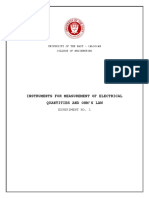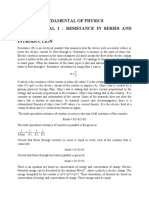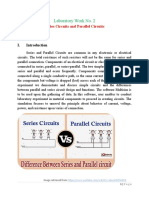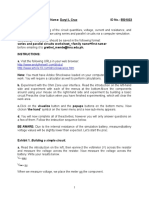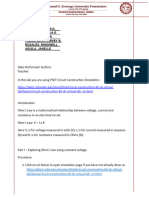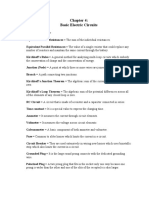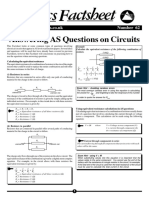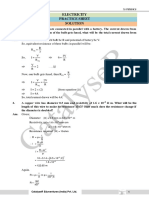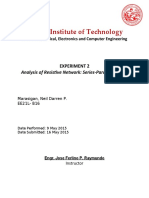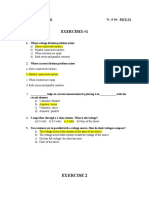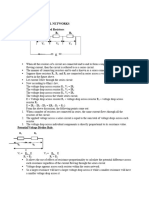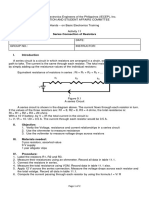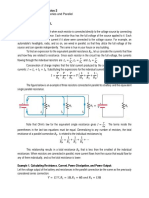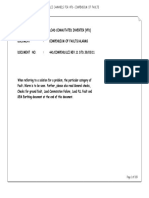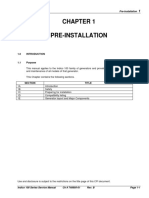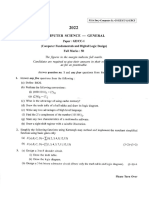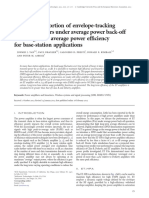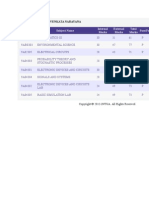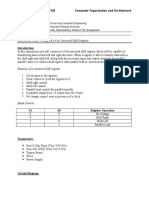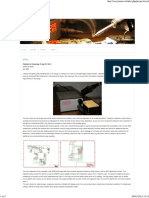0% found this document useful (0 votes)
90 views8 pagesComputation of Exercises
The document discusses computing equivalent resistances and power dissipation for various resistor circuit configurations. It provides formulas for series and parallel resistances. It then works through 10 examples of computing equivalent resistance and power dissipation for circuits with resistors connected in series, parallel, and combinations. Graphs are also plotted of voltage vs. current and resistance vs. current using data from tables in the document.
Uploaded by
Angel Joy Marie CatacteCopyright
© © All Rights Reserved
We take content rights seriously. If you suspect this is your content, claim it here.
Available Formats
Download as DOCX, PDF, TXT or read online on Scribd
0% found this document useful (0 votes)
90 views8 pagesComputation of Exercises
The document discusses computing equivalent resistances and power dissipation for various resistor circuit configurations. It provides formulas for series and parallel resistances. It then works through 10 examples of computing equivalent resistance and power dissipation for circuits with resistors connected in series, parallel, and combinations. Graphs are also plotted of voltage vs. current and resistance vs. current using data from tables in the document.
Uploaded by
Angel Joy Marie CatacteCopyright
© © All Rights Reserved
We take content rights seriously. If you suspect this is your content, claim it here.
Available Formats
Download as DOCX, PDF, TXT or read online on Scribd
/ 8


